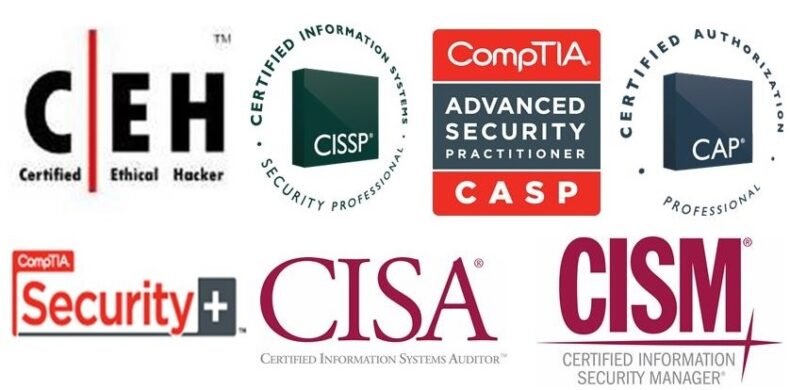
In today’s technology-driven world, cybersecurity has become a paramount concern for individuals, businesses, and governments alike. The rapid advancement of digital technologies has brought forth numerous benefits, but it has also opened the door to various cyber threats. From data breaches to ransomware attacks, cybercriminals continuously exploit vulnerabilities to gain unauthorized access and cause significant harm. We will delve into some common cybersecurity problems and provide essential tips on how to avoid them, empowering you to strengthen your digital defenses and protect yourself from potential cyber threats.
- Weak Passwords and Lack of Multi-Factor Authentication (MFA)
One of the most prevalent cybersecurity problems is weak passwords. Many people still use easily guessable passwords or reuse the same password for multiple accounts, making it easier for cybercriminals to gain unauthorized access. To avoid this problem:
- Use strong passwords with a combination of upper and lower-case letters, numbers, and special characters.
- Avoid using common phrases or easily identifiable information in your passwords.
- Implement Multi-Factor Authentication (MFA) wherever possible to add an extra layer of security.
- Phishing Attacks
Phishing attacks remain a significant threat, with cybercriminals using deceptive emails or messages to trick individuals into revealing sensitive information. To avoid falling victim to phishing attacks:
- Be cautious of unsolicited emails or messages from unknown senders.
- Verify the sender’s email address and check for spelling errors in the message.
- Avoid clicking on suspicious links or downloading attachments from untrusted sources.
- Outdated Software and Lack of Patch Management
Outdated software and unpatched systems are prime targets for cyber attacks. Hackers exploit known vulnerabilities in software to gain unauthorized access. To avoid this problem:
- Regularly update your operating system, applications, and antivirus software.
- Enable automatic updates whenever possible to ensure timely security patches.
- Insider Threats
Insider threats involve employees or individuals with access to sensitive information who misuse their privileges for malicious purposes. To mitigate insider threats:
- Implement strict access controls and limit employees’ access to only what is necessary for their roles.
- Monitor user activities and network traffic for any suspicious behavior.
- Ransomware Attacks
Ransomware attacks have become increasingly prevalent, with cybercriminals encrypting victims’ data and demanding a ransom for its release. To protect against ransomware attacks:
- Regularly back up your data to an external, offline location.
- Use robust antivirus and anti-malware solutions to detect and prevent ransomware infections.
- Unsecured Wi-Fi Networks
Connecting to unsecured Wi-Fi networks exposes you to potential Man-in-the-Middle (MitM) attacks and data interception. To secure your Wi-Fi network:
- Use strong encryption, such as WPA2 or WPA3, for your Wi-Fi network.
- Avoid connecting to public Wi-Fi for sensitive transactions and use a Virtual Private Network (VPN) for added security.
- Social Engineering Attacks
Social engineering involves manipulating individuals into revealing sensitive information or taking specific actions. To prevent social engineering attacks:
- Educate yourself and your employees about common social engineering tactics.
- Be cautious of sharing sensitive information over the phone or email without proper verification.
- Lack of Employee Training and Cybersecurity Awareness
Insufficient cybersecurity awareness among employees can lead to inadvertent security breaches. To enhance cybersecurity awareness:
- Conduct regular cybersecurity training for employees to educate them about potential threats and best practices.
- Encourage a culture of cybersecurity awareness within the organization.
Conclusion
In conclusion, cybersecurity problems are prevalent in the digital landscape, but proper awareness and proactive measures can be effectively mitigated. By staying informed about potential threats and implementing best practices, you can strengthen your digital defenses and protect yourself, your organization, and your data from cyber-attacks.
Remember that cybersecurity is a continuous effort that requires vigilance and adaptability. By taking the necessary precautions, staying up to date with security measures, and educating yourself and others, you can create a safer digital environment and contribute to more secure cyberspace for everyone. Let us unite in the fight against cyber threats and work together to safeguard our digital world.





Leave a Reply